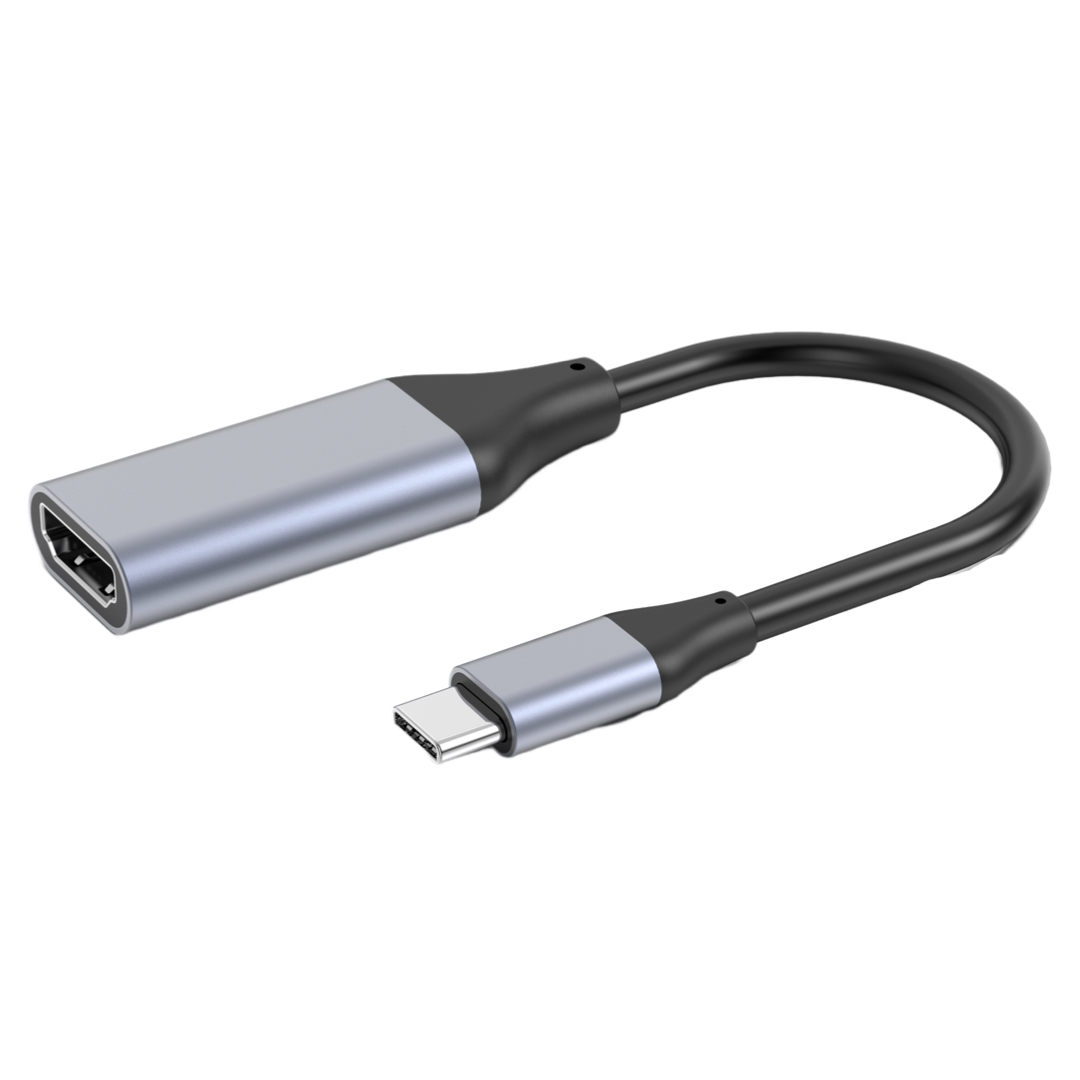HDMI dongles have become essential devices for streaming content, connecting devices, and extending displays. However, users often encounter technical issues when setting up or using their HDMI dongle. These problems can range from connectivity issues to compatibility concerns. In this article, we'll answer the most common HDMI dongle questions and provide helpful solutions to solve these problems quickly, ensuring a smooth user experience.
1. Why Isn’t My HDMI Dongle Connecting?
1.1 One of the most common issues with HDMI dongles is the failure to establish a connection. This can occur for several reasons:
1.2 Loose Connections: Ensure that both the HDMI dongle and your device are securely plugged in. Sometimes, a slightly loose connection can prevent the device from detecting the dongle.
1.3 HDMI Port Issues: The HDMI port on your TV, monitor, or laptop may be faulty. Try using a different HDMI port or testing the dongle on another device to confirm if the issue lies with the port.
1.4 Power Supply: Some HDMI dongles require additional power, especially for devices like streaming sticks. If your dongle is USB-powered, ensure it's plugged into a power source that can provide sufficient power.
2. Why Is My HDMI Dongle Not Displaying Correctly?
In some cases, the HDMI dongle might connect but not display content correctly on the screen. Here are some troubleshooting tips:
Resolution Compatibility: Ensure that both your HDMI dongle and the display device support the same resolution. For example, if your HDMI dongle outputs 4K, but your display only supports 1080p, this could lead to display issues.
Adjust Display Settings: Go into your display settings on the connected device and check if you need to adjust the resolution or refresh rate.
Update Firmware: If your HDMI dongle has a firmware update option, make sure it is up to date. Sometimes outdated firmware can cause display issues or connectivity problems.

3. How Can I Solve HDMI Dongle Compatibility Issues?
Compatibility issues are common when using HDMI dongles with different devices, such as laptops, smart TVs, or gaming consoles. Here’s how to tackle these issues:
3.1 Check Operating System Compatibility: Some HDMI dongles may only work with specific operating systems (e.g., Windows, macOS, or Android). Ensure that your device’s OS is compatible with the dongle.
3.2 Update Device Drivers: If you're connecting the dongle to a computer, outdated or missing drivers may cause issues. Make sure your system's HDMI drivers are up to date for optimal compatibility.
3.3 Use an Adapter: If your HDMI dongle doesn’t fit properly into the HDMI port of your device, you may need a compatible adapter or converter. Check the dongle's input specifications to ensure it matches your device.
4. How Can I Improve the Signal Quality of My HDMI Dongle?
Poor signal quality is another issue many users encounter with HDMI dongles. To improve the signal, try these tips:
Shorten the Cable Length: If you're using a long HDMI cable, signal degradation can occur. Try to use a shorter cable or ensure the cable is of high quality for optimal performance.
Use a Signal Booster: Some HDMI dongles offer signal boosters or amplifiers to strengthen the signal and improve the quality of the video or audio output.
Avoid Interference: Keep the HDMI dongle and cables away from electronic devices that may cause interference, such as routers or microwaves.
5. My HDMI Dongle Is Still Not Working—What’s Next?
If you've tried the above troubleshooting tips and your HDMI dongle still isn’t working, it may be a deeper issue with the device itself. Before contacting customer service or returning the dongle, you can:
Reset the Dongle: Some HDMI dongles have a reset option that restores the device to factory settings. Check your device’s manual for instructions on how to reset it.
Test on Another Device: Test the dongle on a different TV, monitor, or computer to see if the issue lies with the dongle or your original device.
Consult Support: If none of these methods work, consider contacting the manufacturer’s customer support for more specific troubleshooting assistance.
How Worldpass Can Help You with Custom HDMI Dongles
At Worldpass, we provide high-quality, custom HDMI dongles tailored to meet your specific requirements. Whether you need HDMI dongles for personal use, business, or to meet particular technical specifications, we offer a wide range of customization options. Our expert team can help you design HDMI dongles that fit perfectly with your needs, ensuring top-notch performance and compatibility.
We understand that each user’s needs are unique, so we offer personalized solutions for both small-scale and large-scale orders. Whether you need specific functionality, branding, or specialized connectors, Worldpass is here to provide you with the best HDMI dongle solutions.
Conclusion
In this article, we’ve covered some of the most common HDMI dongle issues, including connection problems, display issues, and compatibility concerns. By following the troubleshooting steps outlined above, you should be able to solve most of these problems quickly and get back to enjoying a seamless experience with your HDMI dongle.
For businesses and individuals looking for high-quality, customized HDMI dongles, Worldpass offers expert services to create the perfect product for your needs. Contact us today to discuss your requirements and let us help you find the best HDMI dongle solution!



